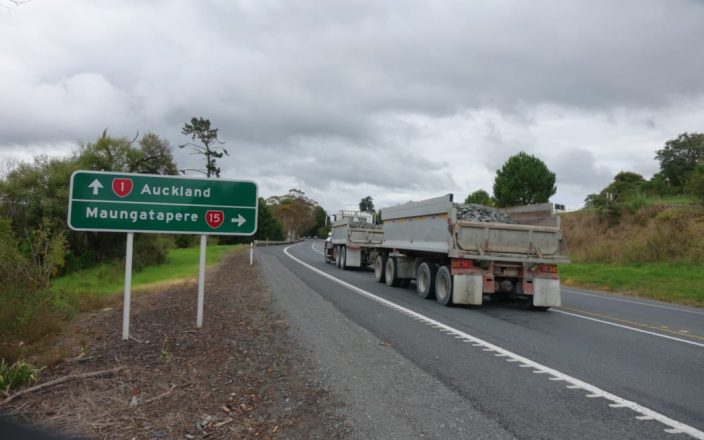政府は多額の費用がかかる可能性のある新しい高速道路プロジェクトを検討していますが、正確な金額はまだ不明です。
「アクセラレーティング・ノースランド・エクスプレスウェイ」は、オークランドとファンガレイを結ぶ4車線の道路になります。政府は、「国家意義ある道路」プログラムの一環として、このプロジェクトを加速させたいと考えています。
インフラ委員会はインフラ大臣のクリス・ビショップに対し、このプロジェクトは今後25年間に政府の新インフラ建設予算全体の 10% を占める可能性があると伝えました。これには、道路、病院、学校などへの資金提供が含まれます。
委員会は7月に送付された文書の中で、このプロジェクトがスピードに重点を置きすぎていることへの懸念を表明した。彼らは、これが期待した結果を達成できないことにつながる可能性があると警告した。7月23日、シメオン・ブラウン運輸大臣は、建設をスピードアップするために、3つの異なる道路プロジェクトを1つの大きなプロジェクトにまとめる計画を発表しました。このプロジェクトの推定費用はまだ明らかにされていないが、当局は今年後半にこの投資事例を検討する予定である。
委員会はまた、過去のプロジェクトでは当初の予測よりも 50% から 100% 高額になることがあり、コストの見積もりが不確実で予想よりはるかに高くなる可能性があることにも言及しました。彼らは、利用可能な資金が限られていることを踏まえ、プロジェクトを優先すべきかどうかという問題を提起した。
ブラウン氏は、この文書はノースランド・エクスプレスウェイの開発に前向きな企業からの関心を確認することを目的としており、今後数か月以内に更新される予定であることを明らかにしました。政府は引き続きこのハイウェイ・プロジェクトに専念しています。
350アオテアロアの選挙運動家、アダム・カリーは、政府がこのプロジェクトに力を入れていることを批判した。彼は、学校や病院が必要となる場合、インフラ予算の 10% を1つの高速道路に費やすのは合理的ではないと主張した。彼は、道路が大きくなると気候汚染が増える可能性があることを指摘し、その資金を他の取り組みにより有効に使うことができると提案しました。




























































